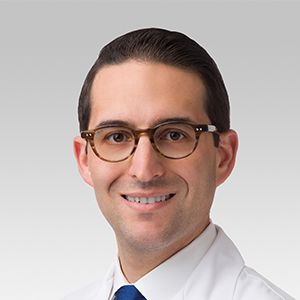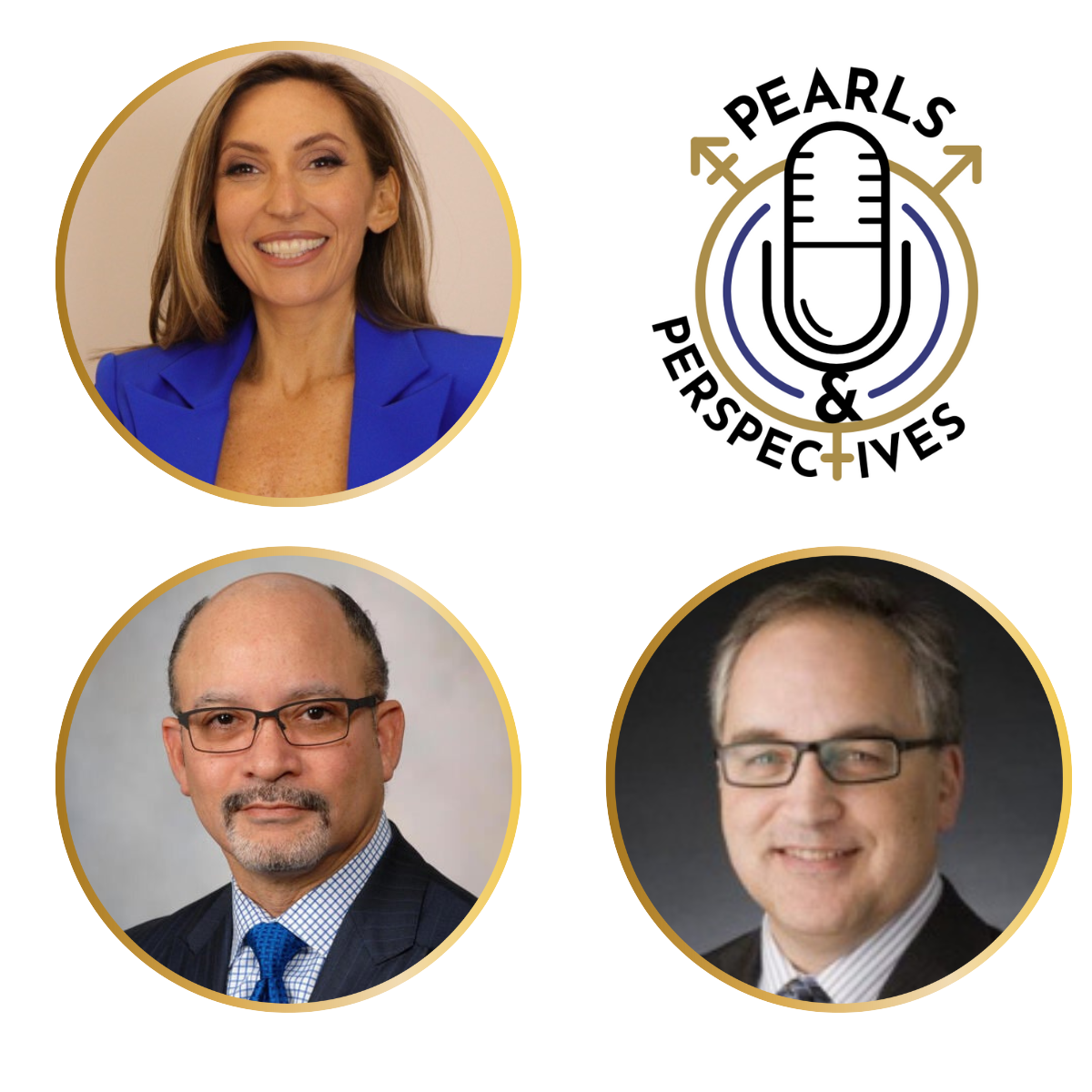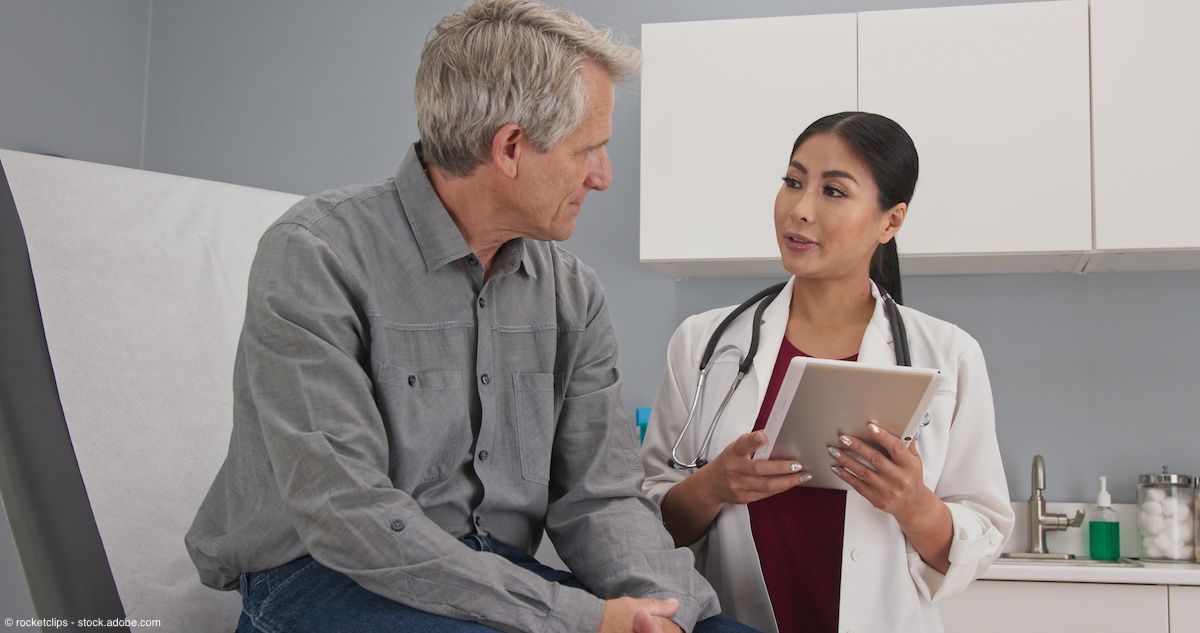Article
Research suggests potential gaps in ED care delivered by nonurologists
Author(s):
Men who receive care for erectile dysfunction from their primary care provider are much less likely to receive advanced pharmacological therapies for management of their condition than those treated by urologists.
Men who receive care for erectile dysfunction (ED) from their primary care provider (PCP) are much less likely to receive advanced pharmacological therapies for management of their condition than those treated by urologists, according to a recently published study.1
The investigators sought to evaluate the epidemiology, diagnosis, and outpatient treatment of ED by extracting data for a nationally representative sample of men using the National Ambulatory Medical Care Survey. Their sample of male visits recorded between 2006 and 2016 showed that 1.2% of 170,499 visits were associated with a diagnosis of ED, translating into about 3.4 million weighted visits annually.
The majority of visits for ED were to urologists (58%), but visits to family practitioners and internists accounted for most of the remaining encounters (36.6%). The review of pharmacological treatments for ED showed that a PDE5 inhibitor was ordered or reordered significantly more often by nonurologists than urologists (66.62% vs 50.77%, P <.05). Ordering of advanced pharmacological therapies—eg, intracavernosal injections and intraurethral injections—was done almost entirely by urologists vs nonurologists (2.72% vs 0.25%, P < .05).
Joshua A. Halpern, MD

Joshua A. Halpern, MD, an assistant professor of urology at Northwestern Medicine in Chicago, Illinois, is a corresponding author for the published paper. “Our study reinforces that ED is a very common problem for men in the United States, and it generates a high volume of visits to physicians,” he said. “We hope that both PCPs and specialists will continue to be proactive in asking their male patients about sexual health and function and in helping them pursue the wide array of treatments available to help men achieve a fulfilling sex life.”
He continued, “We believe there is great opportunity for collaboration between PCPs and urologists when it comes to the treatment of ED. On a broad scale, increasing the dialogue and partnership among professional societies in creating guidelines and educational materials for physicians and patients could be quite helpful. Locally, it is important to create and foster close relationships among PCPs, urologists, and cardiologists to optimize care for men suffering from ED.”
Halpern told Urology Times® that the motivation for undertaking the study stemmed from the observation that many men who were being seen for ED after receiving a diagnosis from a nonurologist had been prescribed medication without receiving appropriate counseling on its use. In addition, few men had received counseling about nonoral or nonpharmacological approaches to ED treatment.
“Our observations were consistent with previous reports and led us to study the inherent differences between the management of ED by urologists and nonurologist physicians,” Halpern said.
Analyses comparing differences in the characteristics of men treated by urologists and nonurologists showed that a significantly higher percentage of men who saw urologists were older than 65 years of age compared with the group seen by nonurologists (47.1% vs 22.6%; P <.05). Discussing the difference, the investigators postulated that one reason is established physician relationships: Older men are more likely to have other urological issues; therefore, they may already have a urologist. In contrast, younger men are less likely to have a urologist but may have a PCP.
Corresponding with the explanation, the investigators also found that nearly one-fourth of men seen by urologists had an active cancer diagnosis, compared with only 2.8% of men visiting nonurologists (P <.05).
The investigators reviewed several limitations of their study. Of particular importance, they noted that the study sheds light only on differences between urologists and nonurologists in prescribing patterns for pharmacological therapy for ED.
“A strength of our study is that the database we used provides general data for ambulatory visits. However, it does not capture nonpharmacological therapies, such as vacuum erection devices, psychotherapy, and surgery,” Halpern said.
He told Urology Times® that the study has been a catalyst for Northwestern Medicine urologists to work more closely with nonurology colleagues locally to optimize treatment for men with ED.
“We hope these efforts will ultimately lead to broader initiatives in both patient care and research,” he said.
Reference
1. Panken EJ, Fantus RJ, Chang C, et al. Epidemiology and diagnosis of erectile dysfunction by urologists versus non-urologists in the United States: an analysis of the National Ambulatory Medical Care Survey. Urology. Published online September 24, 2020. doi:10.1016/j.urology.2020.09.016

















